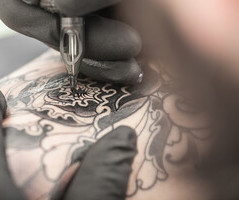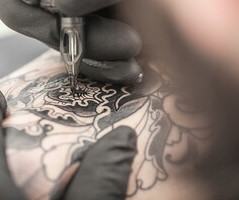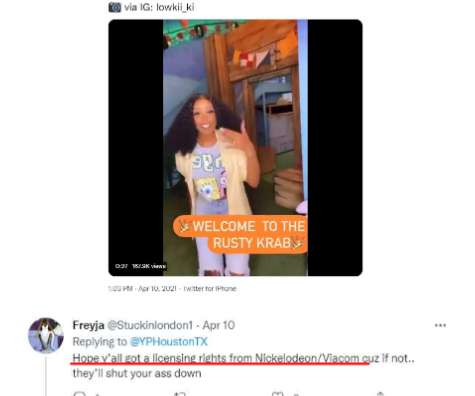3 Count: Warhol Battle
Plagiarism Today
OCTOBER 13, 2022
Supreme Court Tackles Andy Warhol Copyright Dispute. In 1984, Lynn licensed one of her photographs of the musician Prince to be converted into a painting by Warhol for Vanity Fair magazine. In 1984, Lynn licensed one of her photographs of the musician Prince to be converted into a painting by Warhol for Vanity Fair magazine.














Let's personalize your content